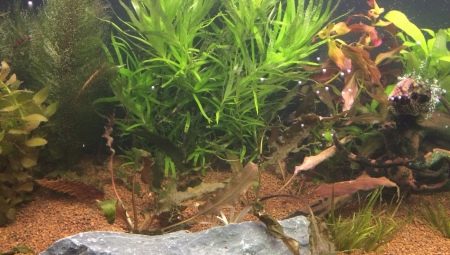Excessive nitric acid salts in a home aquarium are undesirable for underwater residents, but often this problem is not given due attention. Contrary to popular belief that nitrates do not have a negative effect on fish health, the opposite is proven. Many species of living creatures are extremely sensitive to these substances, so it is useful to familiarize yourself in advance with methods that help maintain their acceptable level in water.
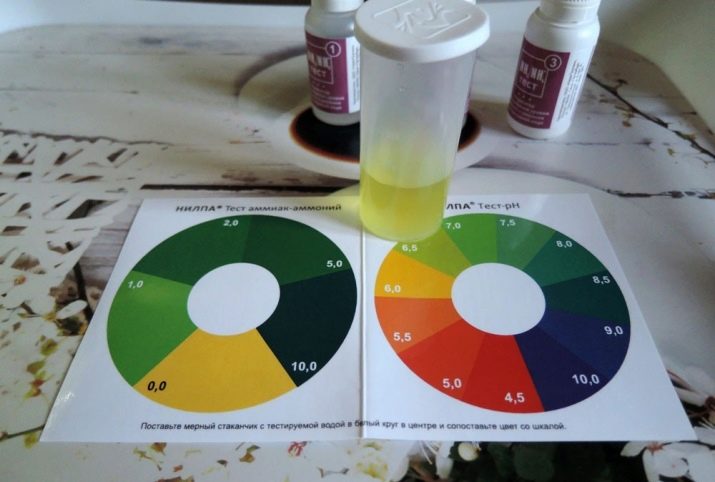
Nitrate in the aquarium
In order to understand where nitrates come from in the aquarium and why their level can dangerously increase, you should turn to the very process of their formation in the aquatic environment.
Living organisms for which the artificial reservoir is intended are mainly fish. Their vital activity is quite naturally associated with the excretion of feces, including ammonia. Nitrifying bacteria (or nitrifying agents) are living organisms that are Gram-negative and aerobic, requiring oxygen to oxidize ammonia and ammonium salts. In fact, they are considered aquarium cleaners that transform waste into nitrites. After that, another group of bacteria converts these substances into nitrates (salts of nitric acid), which are considered relatively harmless.
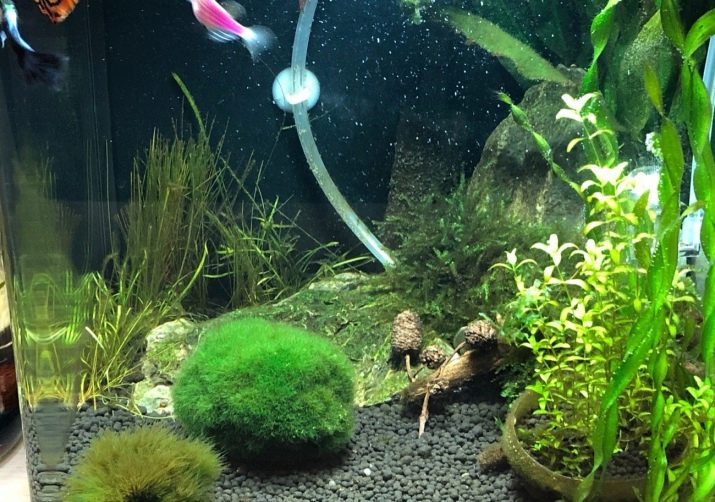
Thus, while this three-stage process proceeds normally, you can not worry about the health of the underwater inhabitants.
And it is possible only with a large number of nitrifiers, which usually settle in aquarium soil or a special filter material.
Since some aquarists don’t use a bottom primer, they will have to take care of a sufficient amount of filter material, otherwise the fish living in the tank may be poisoned by nitrites and ammonia. Against the background of these elements, NO3 is much safer if there is an aquarium with plants for which these substances are a source of nutrition, growth and development.

In the same time too high salt concentration can also lead to intoxication of animals. An individual nitrate norm has been established for different types of fish, and it ranges from 50 to 100 mg per liter.
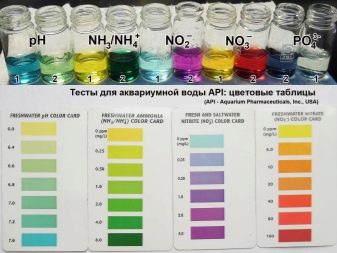

What should be the content of nitrogen salts?
In any aquarium, nitrate values should be maintained at the level of 20-30 mg / l - this is considered the norm. However, such values are not relevant for all water inhabitants. Some fish with a high sensitivity to nitrogen need to reduce the level of NO3 to 15 mg / l. If 40 mg / l is detected in an artificial aquatic environment, immediate steps must be taken to reduce the chemical element. As for nitrites, their content should not exceed 0.1 / l, and the maximum is 0.2 mg / l.

With deviations in one direction or another, there is a danger of encountering the problem of the vital activity of living aquarium organisms, including fish, shrimp and other inhabitants. Ignoring the situation entails the following changes in their condition and behavior:
- lethargy, lack of active movement;
- loss of appetite;
- diseases due to a decrease in the functioning of the immune system;
- spawning stop;
- pale appearance, loss of bright color;
- slowdown in development and growth;
- ultimately the undesirable composition of water will lead to the death of creatures.
The first thing to do with the early appearance of such signs is to check nitrate readings.
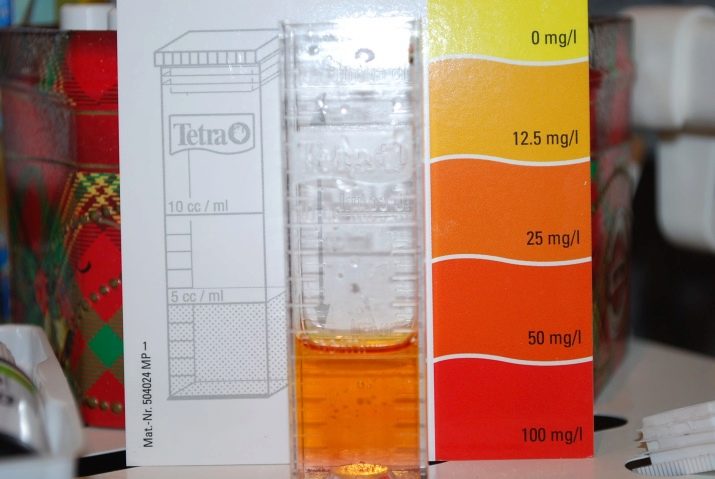
For this, such testing devices as Tetra, SERA, Aquarium Pharmaceuticals, NILPA. Nitrate tests are indicators in the form of strips, electronic and drip devices. According to reviews, the most accurately determining NO3 is Tetra - a test that is available in the form of drops, it gives 95–98% accuracy.
But, perhaps, the most error-free are digital devices that are convenient to use and give a 100% test result in the form of specific numbers, but they have one significant minus - high cost.
Also, do not forget to check the quality of tap water and its composition. And before pouring the replacement into the aquarium, clean it with filtering devices.
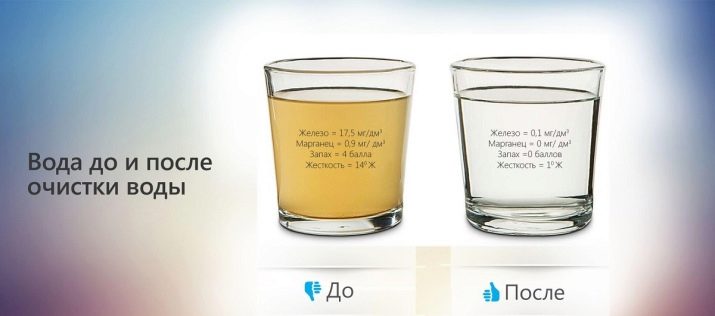
What are some ways to improve performance?
Some may need to increase the nitrate content, this applies to herbal aquariums and any other tanks with the presence of underwater vegetation.
There are two options for how to do this:
- make nitrogen top dressing or macro fertilizers with potassium, nitrogen and phosphorus in the soil;
- populate the aquarium with viviparous fish and other animals - in this case, nitrates will form naturally during the decomposition of the stool of living organisms.
Aquarists with sufficient experience themselves prepare formulations for fertilizer, mixing urea (3 mg / l), ammonium nitrate (5 mg / l) and potassium nitrate (1 g per 100 l).
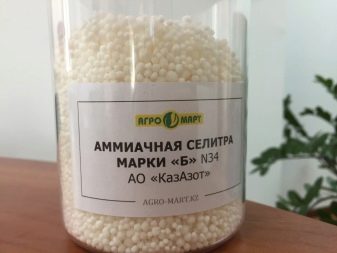
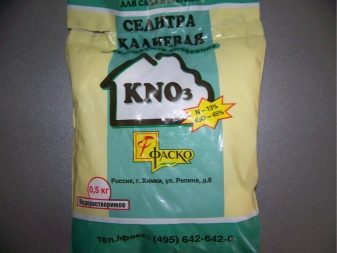
How to reduce the content of nitrogen compounds?
Common reasons for the test showing elevated nitrogen salts are too large portions of feed. It is logical to conclude that you just need to reduce the amount of food for your fish and remove decaying organic residues from the water. If the nitrate level is very high, it can negatively affect the immunity of living organisms, which is why they are at risk of various diseases. When this situation persists for a long time, exposure to nitrogen salts leads to a lack of reproduction and a reduction in the lifespan of fish.
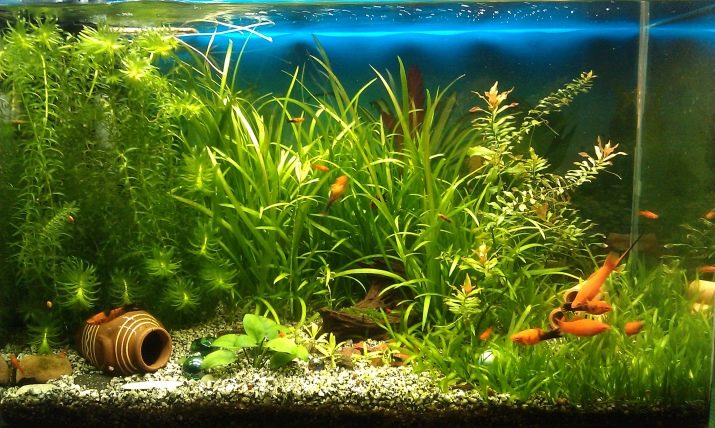
If in the aquarium especially tender, sensitive fish or invertebrate organisms live, you can use the recommendations of specialists.
- Traditionally, replacing water with fresh water from a water supply system helps with this problem, but more often it also contains a certain percentage of nitrates, so the procedure may not give an effect.
- Water purification using a reverse osmosis filter, and all water will have to be replaced. Advantages of the method - in addition to high-quality filtration of nitrates, such a system additionally softens water and eliminates toxic substances, pesticides, metal salts from it.
- Filter media, which are high-quality synthetic absorbents: sponges with special impregnation, granules that gradually reduce the dangerous level of nitrates and further maintain it within acceptable limits. The most popular tools for aquariums are API Nitra-Zorb, Juwel Nitrax, Seachem De nitrate.
- Biological products designed to reduce nitrates in seawater or fresh water over the long term. They are able to maintain the norm of nitrogen compounds for 1 year. A striking example is NitrateMinus granules. You can also use additives to urgently reduce the amount of nitrates and nitrites (Sera toxivec), while at the same time you can get rid of such harmful impurities as salts of heavy metals and chlorine. In addition, these tools, to the delight of the owners, significantly reduce the frequency of water changes.
- You can deal with this problem in the usual way, replacing water 1 time in 10-15 days by 25%. But it is advisable to do this using a special aquarium gravel Cleaner with a siphon and a pump. This cleaner removes dirt, debris, organic matter and replaces water at the same time. A good solution if you do not want to buy specialized tools.
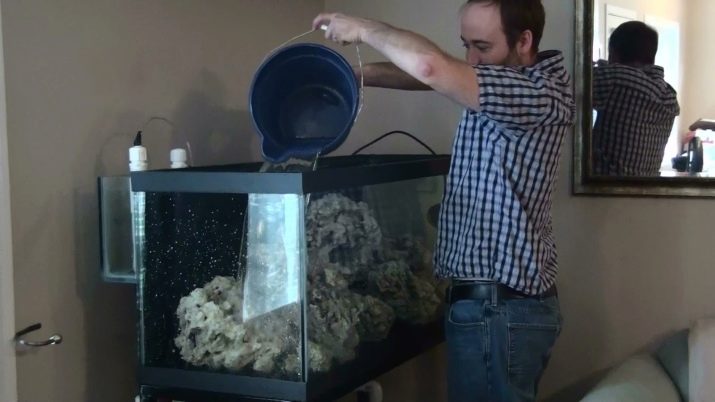
It is possible to remove nitrates using vodka, but this method remains controversial and is only suitable for aquariums with sea water.
Besides The procedure should be carried out by a professional who knows perfectly the sequence of actions and the dosage, which will be harmless to the fish.
The simplest method to bring nitrate levels to normal is to plant plants in the aquarium that are characterized by rapid growth. They will help to quickly restore the optimal ratio of phosphates and nitrates, eating the latter for their life.
See below for how to measure the amount of nitrate in the aquarium.
